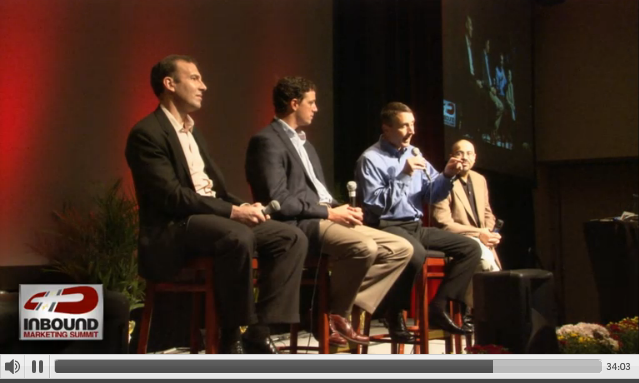I’m publishing a series of Q&A excerpts from my interviews with Sales 2.0 leaders, which will appear in my next book. This is an excerpt from my interview with Mark Burton, former VP of sales at MySQL (acquired by Sun Microsystems), where he was responsible for growing and managing MySQL AB’s entire international corporate sales force, indirect channels and partnership alliances. He has been involved in enterprise-level sales leadership for 30 years.
Anneke: What were your “failures,” or things that didn’t go as well as they could have? What would you tell another executive about what not to do, or what to learn from your past experiences?
Mark: Failures: We’ve had lots of them. Processes and systems are so important. It took us a long time to work with a team to figure out everything we really needed to manage this environment. Marketing tends to be more positioning- and messaging-oriented, and more about just putting it out there. That whole idea of what a qualified lead is, and having something that ends up in the hands of sales that they want to deal with — it’s a big chasm between those two functions.
Get a very objective and measurable set of definitions, processes and systems to do some system-oriented scoring, and then have a very clear and written description for what becomes a sales lead. Get the marketing organization on board with forecasting and measurement of conversion rates, and make sure this is an activity that is worked monthly to continually pursue conversion rates that drive the company to profitability. This is a big change for most marketing and sales organizations. I wouldn’t call it a failure, but I will say it takes a long time to make sure everyone understands this end-to-end process, and what is involved in managing and measuring it. That was hard work with a lot of iterations and false starts.
Anneke: I see that changing rapidly, though, in many Sales 2.0 companies, where success depends on marketing and sales being aligned and collaborating. Do you see that working? How are companies bringing sales and marketing closer together?
Mark: It’s still a challenge for many companies. One of the first thoughts is, “Great, we’ll just give sales and marketing to the same person.” It’s unusual to have any one person who really understands sales and marketing well enough to add value across both functions through the Demand-to-Close process. There also aren’t many CEOs who really understand it. I would say this is still developing. My suggestion is to get advice from others who have successfully implemented the new model. This can be accomplished through a combination of outside consulting and benchmarking with companies that have successfully implemented such models.
Read the full interview with Mark Burton.




